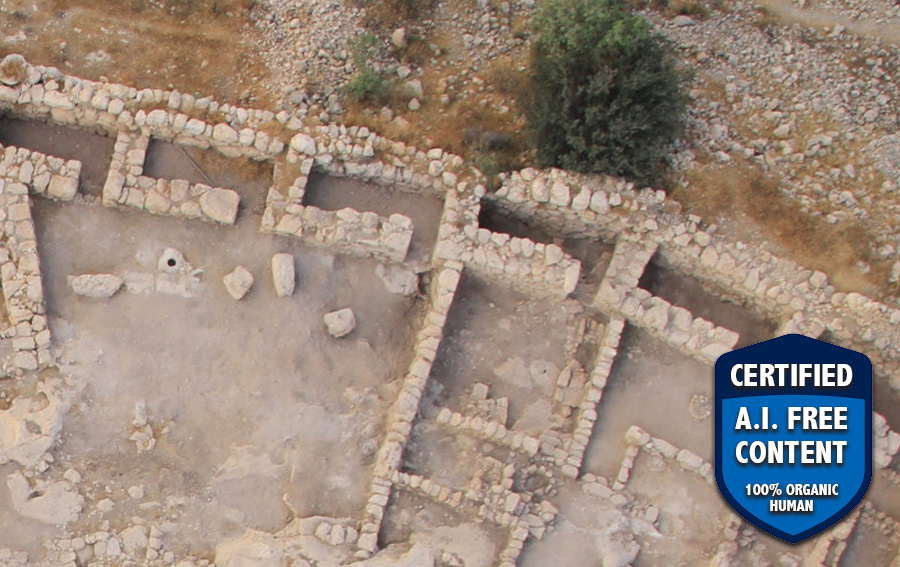Biblical Judah Was Older than Once Believed - ATLANTIS RISING THE RESEARCH REPORT (original) (raw)

Jerusalem Post

Contrary to previous beliefs that the expansion of the Kingdom of Judah took place only in the late 9th or 8th century BCE, 200 to 300 hundred years after King David, a new Hebrew University of Jerusalem (HU) study shows that it had already begun to spread into the hill country and the northern Shefela (lowlands) as early as the 10th century BCE. The expansion of southern Shefela followed about two generations later in the time of David’s grandson Rehoboam.
The finding is published in The Jerusalem Journal of Archaeology. “Early City Planning in the Kingdom of Judah: Khirbet Qeiyafa, Beth Shemesh 4, Tell en-Naṣbeh, Khirbet ed-Dawwara, and Lachish V” is by Prof. Yosef Garfinkel.
The new study examines the earliest fortified sites in the kingdom of Judah during the 10th century BCE.
The five sites studied, reveal significant insights into the urbanization process, urban planning, and borders of the earliest phase of the Kingdom of Judah, The Shefela region located southwest of Jerusalem, played a crucial role in the Kingdom of Judah’s expansion due to its favorable ecological conditions for agriculture, the team said, because its low, rolling topography, fertile soil and enough rain make it the kingdom’s breadbasket that could feed a large population.
The study stressed the importance of the kingdom’s expansion into the Shefela and its agricultural resources as a key stage in its development.
Regarding the publication date of the research, Garfinkel explained that “the evidence was known before; it isn’t a matter of new discoveries. What was needed was someone to come along and observe the complete picture that these findings portray. I am glad that I was able to fulfill that role.”
The five sites showcased an urban plan characterized by a casemate city wall (a double wall with the space between the walls separated into chambers that could be filled up to better withstand battering rams in case of siege).
They noted that Lachish, Level V, has a similar pattern but without casemates in its city wall. The findings have far-reaching implications for understanding the urban planning and territorial boundaries of the earliest phase of the Kingdom of Judah, they commented.
Three things were common to all these cities – they were fortified with a casemate city wall and were located on the kingdom border and on a main road leading into the kingdom. Khirbet Qeiyafa in the Elah Valley protected the southwest border of the kingdom. “Beth Shemesh” in the Soreq Valley protected the western border of the kingdom. Tell en-Naṣbeh near Ramallah protected the north and Khirbet ed-Dawwara protected the northeast border.

